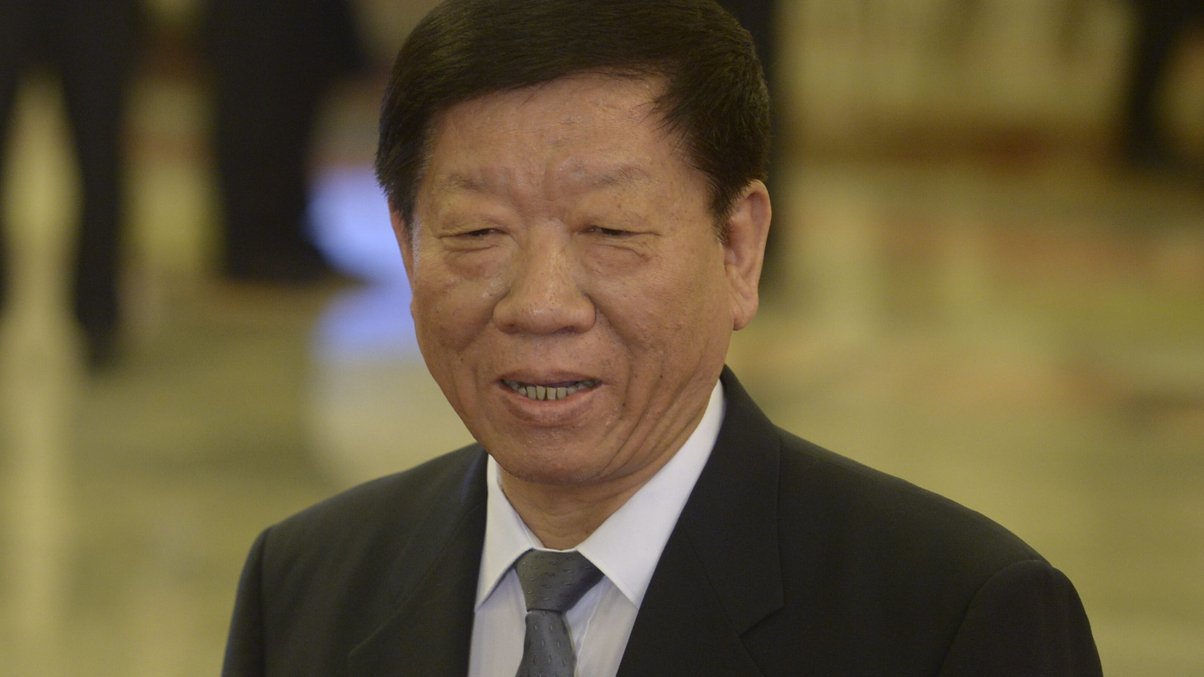China to push pension reforms
The government is targeting a sustainable system of pension provision for its ageing population, with potentially massive ramifications for the asset management industry.

Of the various policies that China's President Xi Jinping has vowed to prioritise in the next five years, pension reform could be among the most significant.
Sign In to Your Account
Access Exclusive AsianInvestor Content!
Please sign in to your subscription to unlock full access to our premium AI resources.
Free Registration & 7-Day Trial
Register now to enjoy a 7-day free trial—no registration fees required. Click the link to get started.
Note: This free trial is a one-time offer.
¬ Haymarket Media Limited. All rights reserved.


